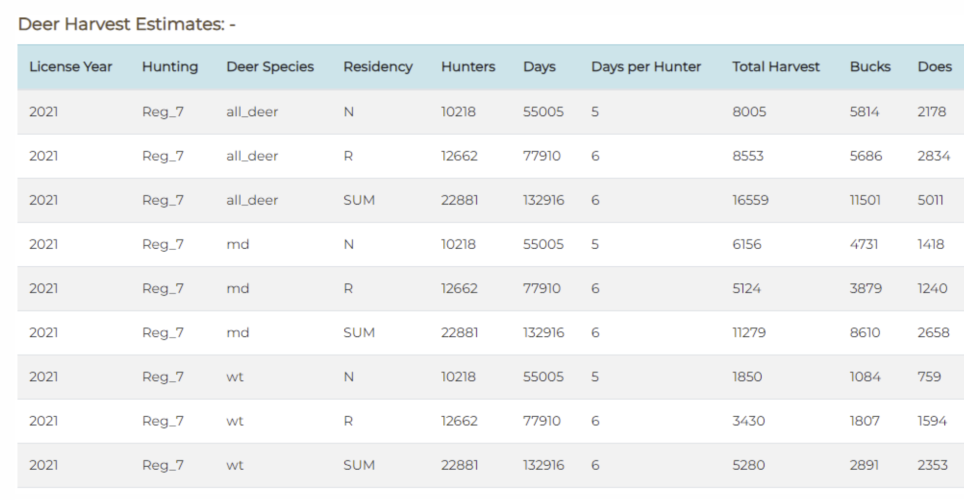406dn
Well-known member
- Joined
- Dec 12, 2019
- Messages
- 2,478
Not rocket science needed to explain it.
1. In the recent past, NRs could shoot a trailer load of mule deer.
2. Lots of public land.
3. Anyone with a tag from Wisconsin, Minnesota, Dakotas, eastern Wyoming, etc it's much closer and requires wayyyy less travel.
The same dynamic occurs with non resident bird hunters. They flock to Region 6 around Plentywood. Just change the pubic land for bma land.
Most non residents are coming from states to the east of Montana. If they can hunt with one less travel day each way, that is what will happen.




